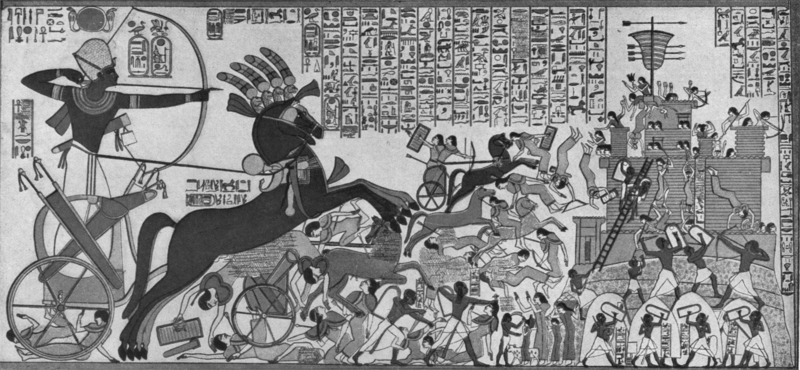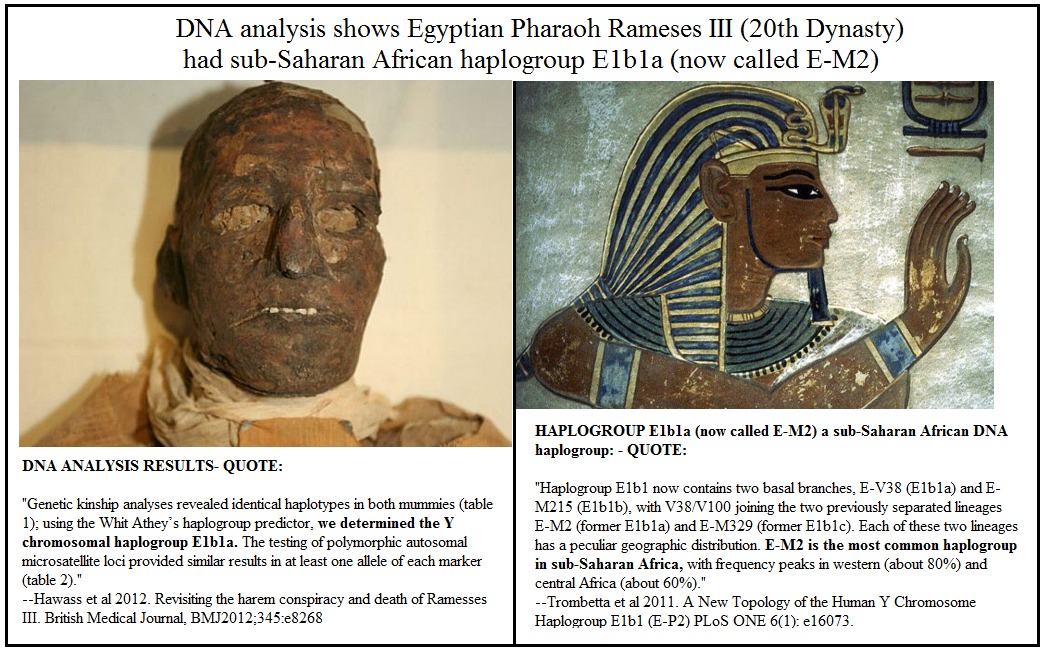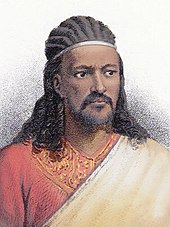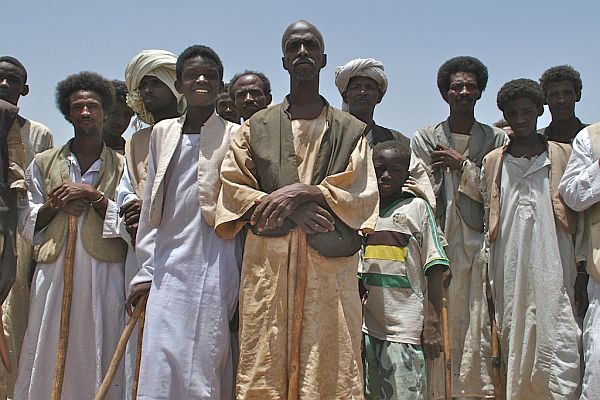It became "cosmopolitan" over time, and this only happened in the North in the fertile Delta region towards the late period. This subsequently is when the culture and civilization was on the decline. After Ramses III, Kemet pretty much went into the hands of Set worshipping bandits minus the Nubian 25th dynasty.
Ramses II -Battle of Kadesh
Ramses II
Ramses II - Sea Peoples - via Libya
Thutmoses - Battle of Megiddo
King Tutankhamen - Assyrians
RAMSES III
Kemet's Last Great Pharaoh
Ramses III was the last pharaoh of Kemet to have unwavering authority over both northern and southern Kemet. No natives thought to challenge his rule, and as such black unification was in place in the face of albinoid danger. This examples shows that without the element of surprise or deception the Albinoids did not stand a chance in a head on battle against an organized melaninated army. Below is an exert from the divine book by Cheikh Anta Diop African Origins of Civilization that details the major Battle between Ramses III's all black army and the Indo-Aryan/Kakasoid Sea Peoples (discussed in sections above) who overran all adjacent areas of the Mediterranean.
"This lasted until Setnekht created the Twentieth Dynasty (1200). After he had reigned for two years, his son, Ramses III, succeeded him under extremely difficult conditions. He had to face a new invasion of "sea peoples," by land and sea, especially by the Palestinian Philistines......
The most formidable coalition ever witnessed during Antiquity was formed against the Egyptians. It comprised the whole group of white-skinned peoples who had been unstable since the first migrations in the thirteenth century; . . . .. . Thanks to superior organization,
the Egyptian armed forces scored a dual victory, on land and sea, over that second alliance. The fleet of the "Peoples of the North" was entirely destroyed and the invasion route through the Delta was cut. At the same time a third coalition of the same white-skinned Indo-Aryans was being assembled, again in Libya, against the Black Egyptian nation.
Yet, this was not a racial conflict in the modern sense. To be sure, the two hostile groups were fully conscious of their ethnic and racial differences, but it was much more a question of the great movement of disinherited peoples of the north toward richer and more advanced countries. Ramses III demolished that third coalition as he had destroyed the first two. ...... Such was invariably the procedure for acclimating white-skinned persons in Egypt, a process that became especially widespread during the low period. By bearing this in mind, we may
avoid attributing a purely imaginary role to people who contributed absolutely nothing to Egyptian civilization. Ramses III then carried his defense to Phoenicia (Djahi, in Ancient Egyptian9), on the northern frontier of the Egyptian Empire. He took personal command of the fleet and, near the Palestinian coast,
he annihilated the fourth coalition in 1191 B.C.E
This disaster was unprecedented;
the enemy fleet was totally destroyed to prevent its escape. A new slave labor force was now available. But he could not import an entire people into Egypt. So he settled them on the very land where they had been defeated. This was the origin of the Philistines. The "sea peoples" were definitely demoralized after that setback. Yet, we can understand, after all those upheavals, to what extent the
ancient ethnic groups must have been disrupted all around the Mediterranean, except for Egypt which alone had been able to repulse the Indo-Aryan invasion. Meanwhile, the Libyans in the western part of the Delta, were organizing still another coalition,
the fifth directed against the Black Egyptian nation by the Indo-Europeans. Ramses III defeated them at Memphis in 1188 B.C.E After that date the White Libyans never again revolted against Egypt,
but they tried by every possible means to infiltrate peacefully and to settle there as serfs or semi-serfs, working at various kinds of manual labor, as farmers or artisans, especially in the Delta.
These people, whose alien slave origin was obvious,
would gradually be freed by Egyptian law. Later, some would become notables as a reward for "loyal" services to the Egyptian ruler. Yet, their slave origin would never be forgotten by the true Egyptian national,
even when they took advantage of troubled periods to exercise control of a given district in the Delta where military command had been entrusted to them by the Pharaoh. We shall see how these foreign elements, who felt no real sentimental attachment to Egyptian soil, were to undermine political mores beginning with Psammetichus. To protect the country against invasion, Ramses III had to resort to conscription, drafting one Egyptian national out of ten (cf. Pirenne, II, 476). Because of their immunity, we do not know whether this measure was applicable to the temple properties. Since Ramses II, Libyans and other White foreigners who were recruited into the auxiliary armed services had farmed land belonging to the royal domain, of which the well-informed Egyptian administration kept a strict accounting. To prevent their flight in troubled periods, Ramses III had them all branded with the seal of the local administration. This old Egyptian practice leaves no doubt about their slave status, whether they were farmers in peacetime or enrolled in the auxiliary forces in time of war
. Authors often misuse the term "mercenaries" to designate those who were, in fact, slaves bearing the indelible mark of their royal master. . . .
The Egyptian army was losing its nationality. It was rapidly becoming a force of free mercenaries or semi-slaves commanded by national officers; only the high command and a few detachments of archers remained Egyptian (cf. Pirenne, II, 477). This procedure reached its climax under the Libyan usurpers of the Twenty-sixth Dynasty, more precisely, under Psammetichus."
-The African Origins of Civilization -Cheikh Anta Diop
It is also apparent that Caucasians saw it as better to live in our African system among our people that they were willing first to get killed in battle trying to gain entrance, and then rather than going back to their all white Utopia they actually offered to relegate themselves to a low social status just to live among us. According to the actions of Caucasians it was better for whites to live at our feet than it is for them to stand on their own. For these reasons I ignore their current proclamations of supremacy!
Since 1765 B.C.E. (a mere 235 years after they were released from the caves) when the treacherous mixed race Set worshiping Hyksos were allowed into Kemet, these Typhonians/Devils (
This constant state of war that suddenly began to characterize civilizations is the beginning of a World War between white and black




















 not Horn of Africa which geographically closer?
not Horn of Africa which geographically closer?




